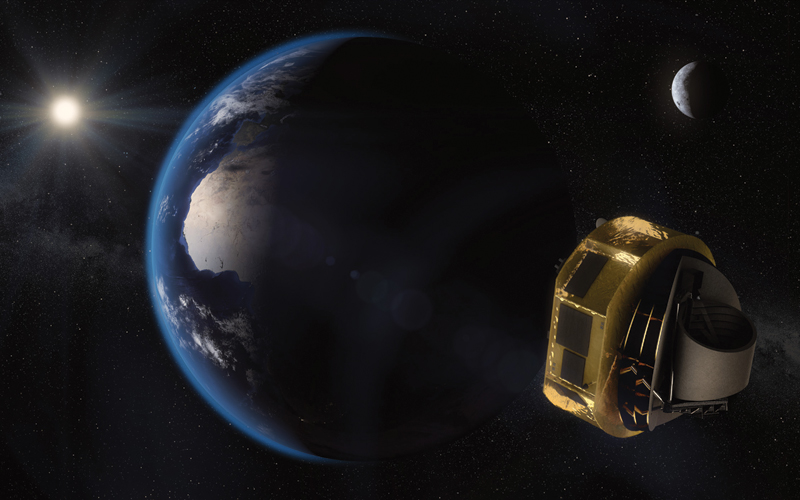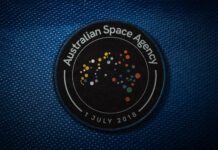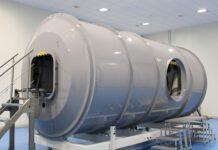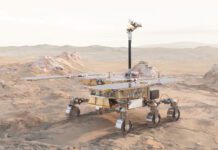
The UK Space Agency announced today that it had committed £30M (€34.9) to the European Space Agency’s Ariel exoplanet telescope. The telescope is expected to be launched in late 2029 and will survey approximately 1,000 exoplanets over an initial four-year mission.
The 1,500 kg Atmospheric Remote-sensing Infrared Exoplanet Large-survey (Ariel) telescope was adopted by ESA in 2020. The telescope will study known exoplanets in visible and infrared wavelengths simultaneously. The data collected will enable researchers to better understand how exoplanets are formed and evolve over time.
ESA signed a contract with Airbus in late 2021 to design and construct the spacecraft that will carry the Ariel payload. The payload itself will be designed and built by a consortium of over 50 institutes from 17 member states. It will also include contributions from NASA and JAXA.
According to the UK Space Agency, the £30 million investment will secure the country’s scientific leadership of the mission and will incorporate the delivery of the payload module, cryogenic cooler, and optical ground support equipment. The UK will also be responsible for science operations and data processing.
“By investing £30 million and taking the helm of the entire Ariel consortium – the first time in a decade that we have secured leadership for a mission of this magnitude – we are putting the UK at the heart of international space research, providing new opportunities for space businesses and academics across the country,” explained Science Minister for Her Majesty’s Government George Freeman.
This latest investment brings the UK’s combined contribution to £36 million, with the difference having already been committed to supporting UK teams during the mission’s study phase.
The Ariel payload is expected to go through a design review later this year, with the design being finalised in 2025. Following a flight acceptance review in early 2029, the telescope will be launched to the L2 Lagrange point, 1,500,000 km from Earth aboard an Ariane 62. The telescope will share its ride to space with ESA’s Comet Interceptor mission, which was adopted by the agency earlier this month.







